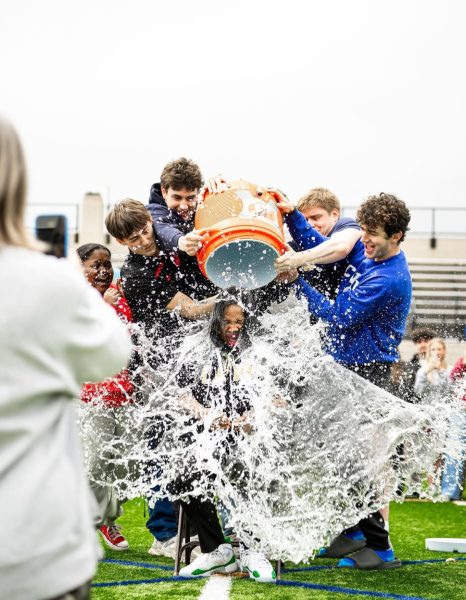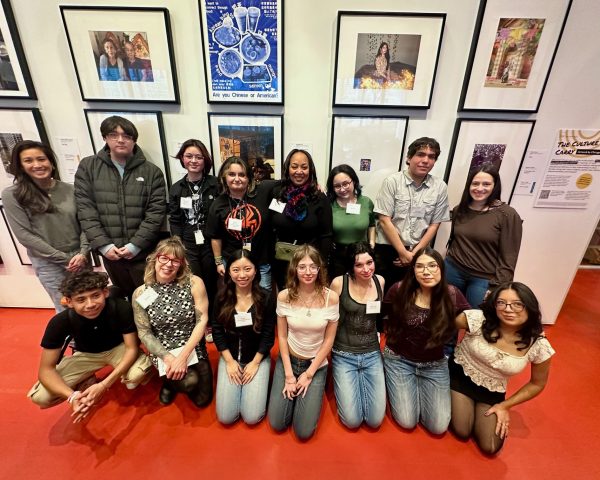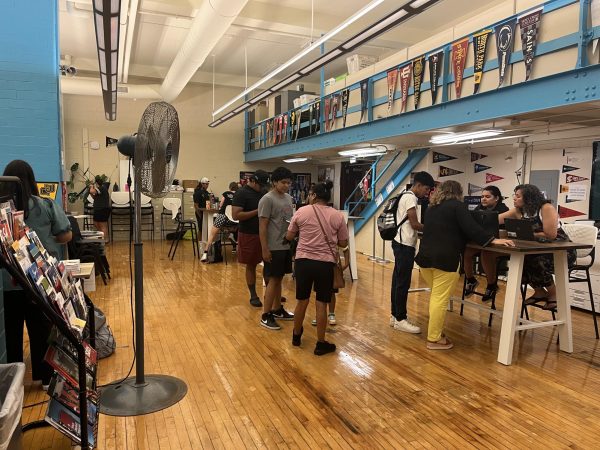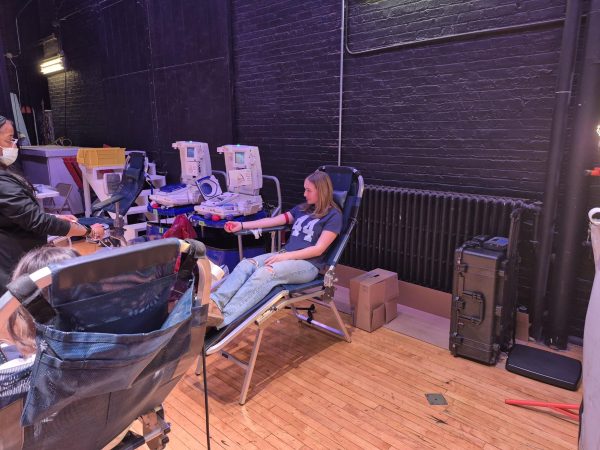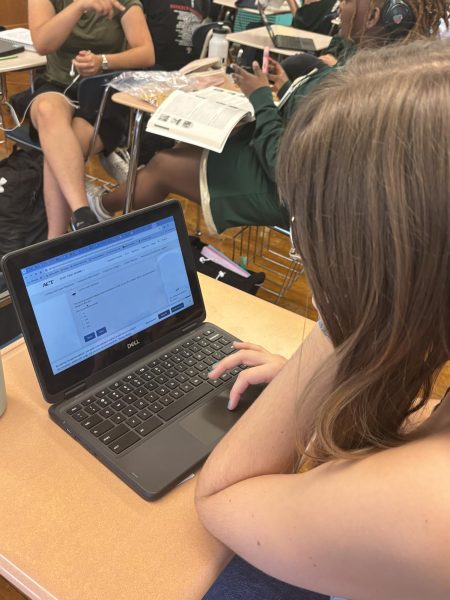CPS safety committees created a year ago gain new role in school safety debate
On Feb. 4, a divisive ruling came from downstate. Masking in schools, enforced by the Illinois Department of Public Health and Gov. JB Pritzker, would be put on a temporary “restraining order,” after Judge Raylene Grischow sided with vocal and sometimes violent groups of Illinoisans who have gathered in fierce opposition to face mask requirements in schools.
Schools across the state have scrambled to respond as the possibility of mass unmasking and unraveling safety measures looms. Gov. JB Pritzker quickly contested the ruling, calling it “out of step with the vast majority of legal analysis in Illinois and across the nation”
For many Chicago Public Schools (CPS) schools, the first route of coordination and strategy was likely a bureaucratic apparatus borne out of the same CPS Chicago Teachers Union (CTU) conflict that has become ubiquitous locally and, increasingly, nationally.
CPS building-level safety committees, consisting of up to four CTU members, the building manager, the principal, and other staff, are groups set up at each school to assess the safety of schools in the pandemic era by those who know and see the day-to-day environment.
They were created last year amid negotiations to resume in-person schooling after almost a year break.
For example, after the Feb. 4 mask ruling, Lane’s safety committee immediately met on the following Monday to discuss the possibility of students not wearing masks — newly armed with legal justification from central Illinois.
After the latest agreement between both public school organizations, safety committees have a newfound if not symbolic significance — one that lets them have a say in flipping a school to remote, something that many other schools have already done with the OK of their own safety committees.
If a school such as Lane hits the agreed threshold of 40% of students or 30% of staff out with COVID during a time marked as a “surge” period by the CDC, the safety committee will meet and give their input on whether to flip to remote.
In terms of the staff threshold, counselors are not included in the statistics, according to Lane’s Principal Edwina Thompson.
If a committee decides to make the recommendation to stay open once passing the threshold or flip to remote without passing the percentage, they could be overridden by the district, according to Thompson. The safety committee’s powers lie with oversight and recommendation; it does not have a final say.
Thompson said that the district would take into consideration existing CPS-CTU agreements, which are “created in the spirit of keeping people safe and ensuring we can have a viable school day.”
At the beginning of the year, the committee was reaching out to her once a month to solve some shorter term problems over email, Thompson said.
But now, after the latest CPS-CTU agreement and developments like the downstate rebuttal of mask mandates, the group is meeting more often.
“I’m meeting with them again on Monday (Feb.7,) because we got new masks in,” Thompson said to The Champion on Friday, referring to the distribution of KN95 masks from the alderman and, much more recently, from the district. (Thompson was interviewed on Friday, Feb. 4, before Judge Grischow’s ruling came out).
The staff members on Lane’s committee are Principal Thompson, Assistant Principal Kerri Thompson, Assistant Principal Josh Dresser, Assistant Principal Damir Ara, band teacher Reed Flygt, arts teacher Michael Morrison, science teacher Jessica Coonley, English teacher Dane Haiken, science teacher Jennifer Snyder, Lane’s building operations manager Rene Luis, and Lane’s building engineer.
Several committee members declined or could not be reached for comment.
“We believe in working together, and they reach out if there’s something that changes. I appreciate them for that,” Thompson said.
Your donations directly fund the Lane Tech student journalism program—covering essential costs like website hosting and technology not supported by our school or district. Your generosity empowers our student reporters to investigate, write, and publish impactful stories that matter to our school community.
This website is more than a publishing platform—it's an archive, a research tool, and a source of truth. Every dollar helps us preserve and grow this resource so future students can learn from and build on the work being done today.
Thank you for supporting the next generation of journalists at Lane Tech College Prep!

Aidan is a senior in his second year at the Champion. In his spare time, Aidan likes reading, watching and playing soccer and re-watching The Sopranos....

